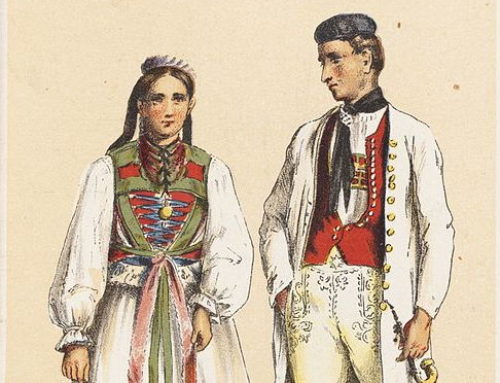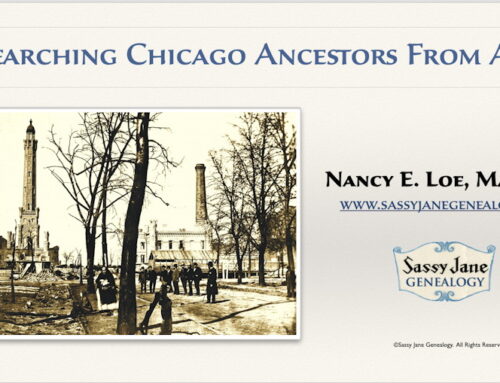Have you encountered a parish record where the date of a baptism, marriage or burial is expressed according to a liturgical calendar, such as the third Sunday after Trinity or the first Sunday after Pentecost? These dates can be intimidating but are decipherable into standard dates if you know where to look.
First, let’s define the liturgical calendar, which for Christian churches follows the life of Christ. The liturgical year begins with Advent (waiting for the birth of Christ) four Sundays before Christmas. The church Christmas lasts 12 days* from Christmas Day (fixed date) to Epiphany on January 6.
The interval before Epiphany and the beginning of Lent on Ash Wednesday is “ordinary”, i.e., ordinal or “counted time.” Lent, which begins on Ash Wednesday and lasts forty days (not counting Sundays). Easter (the Resurrection) falls on the first Sunday after the first full moon after the first day of Spring. Pentecost, (the ascension of Christ), also known as Whitsunday, is celebrated 50 days after Easter. The Sundays after Pentecost and before the start of Advent are counted as “after Trinity.”
In addition to a basic understanding of the liturgical year, it’s also important find a reliable calendar based the following factors for your ancestors:
1. Denomination (Lutheran, Catholic, Methodist, etc.)
2. Country; and
3. Julian or Gregorian Calendar.
Visit Calculation of the Ecclesiastical Calendar for an overview and calendar calculations.
A generic calendar calculator:
Here are some links to calendars for Norwegian ecclesiastical dates:
http://youronlineroots.com/helligdager.php
http://www.morchslaegt.dk/bauers/bauer.htm
https://wiki.familysearch.org/en/Moveable_Feast_Day_Calendar_for_Norway
For German Lutherans, you might use Der Liturgischer Kalende at:
http://www.bayern-evangelisch.de/www/liturgischer_kalender/index.php




Thx, Heather. I should probably just do posts by country because there are so many calendars out there.
Ok, now we’ve solved the liturgical calendar mystery. Who has a calculator/conversion for dates that read “year 10 in the reign of King James”? Thanks for all these great links!